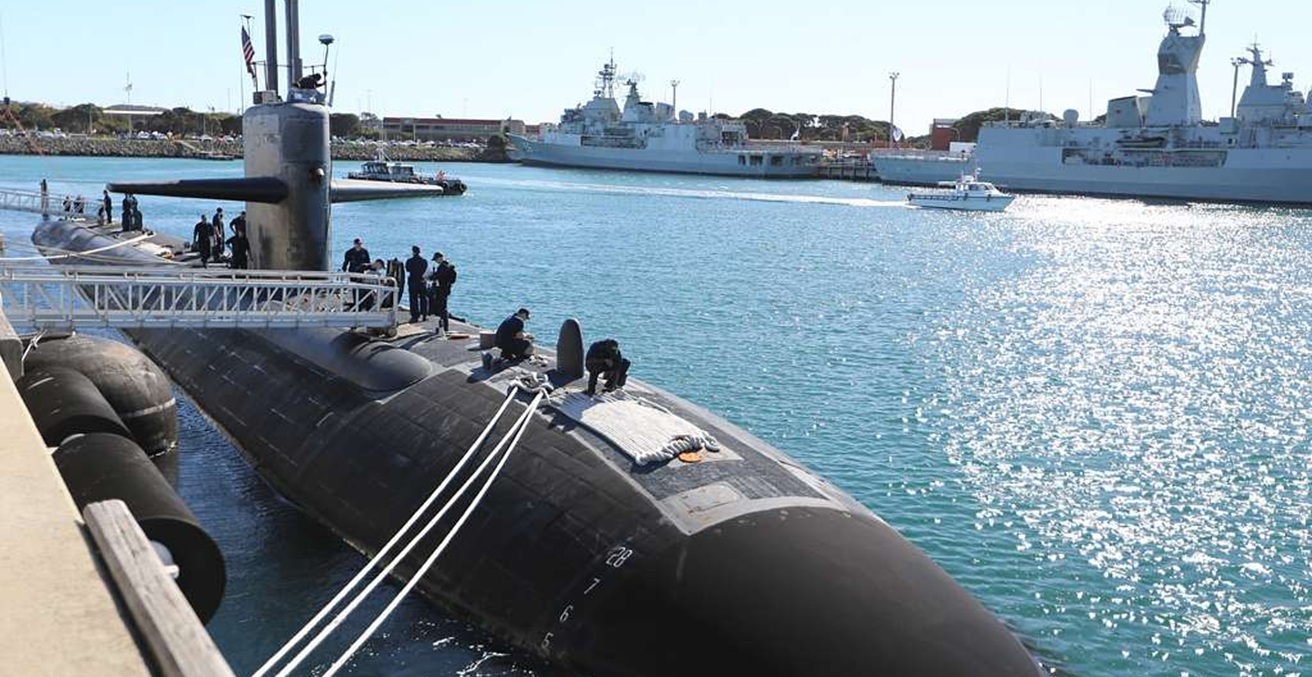The two countries, Bangladesh and Myanmar, need to be ready to move beyond the crisis that has defined their key bilateral challenges in recent years. Economic connectivity will help facilitate growth and friendship.
Myanmar was the sixth country to recognise independent Bangladesh on 13 January 1972, and it has been more than 50 years that Myanmar and Bangladesh have officially began their bilateral relationship. Over time, the two states have maneuvered through various diplomatic ups and downs, however cooperation has always been championed by Bangladesh. Myanmar has been embroiled with several internal crises since independence from the British rule in 1948.
The fleeing of Rohingya peoples at the onset of military crackdown from neighboring Rakhine State in 2017 has put severe strain on the resources of Bangladesh. Despite enduring one of the largest refugee crises in modern history, Bangladesh’s policy is aimed toward promoting peaceful and cooperative relations with her neighbouring countries. The Bangladesh-Myanmar bilateral relationship provides opportunities for multifaceted cooperation. The two countries share a series of common interests, from connectivity via new infrastructure projects, to tourism, security, and economic cooperation.
Trade potential
The potential for trade growth between Bangladesh and Myanmar is considerable. Myanmar’s Ministry of Commerce shows that bilateral trade grew to US$112.5 million in 2020. Bangladesh imports various types of food items, agricultural products, and consumer goods from Myanmar – popularly referred to as Burmese products. This means the balance of trade is heavily on Myanmar’s side. Nevertheless, efforts have been made to decrease the trade deficit. Bangladesh and Myanmar established direct bilateral trade in January 2012, opening letters of credit (LCs) with each other. Earlier, trade was routed through Singapore or Thailand.
Myanmar should consider increasing trade with Bangladesh on both economic and strategic grounds. Bangladesh can act as an important hub for Myanmar to access the South Asian Association for Regional Cooperation and thus connect ASEAN to South Asia. If Bangladesh and Myanmar improve their ties with each other, their dependence on China and India will be reduced and trade with other countries in Southeast Asia and South Asia will no doubt increase.
The State of Rakhine has an opportunity to move beyond its recent history of crisis and suffering. There are solid grounds for economic commerce, with Rakhine acting as a trade hub between Bangladesh and Myanmar. Bangladesh can be a tremendously valuable market for Rakhine agro products. Additionally, it has vast and tremendous experience in garments and production of agricultural sectors. Myanmar can exchange Bangladeshi expertise and strengthen people-to-people contact, much as the way border huts between India and Bangladesh have improved mutual ties. Through bolstering public diplomacy, the two nations can build on economic relations.
Facilitating Tourism
Bangladesh has a long Buddhist history with many Buddhist statues and famous sites with which to facilitate tourism. The Paharpur Monastery, an 8th century Buddhist edifice, Mainamati Buddhist monastery in Cumilla, picturesque Buddhist Temples in the Chittagong Hill Tracts, and the magnificent Golden Buddhist Temple at Moheshkhali in Cox’s Bazar are just a few of the excellent tourist attractions not only for Myanmar, but also other Buddhist majority countries such as Sri Lanka, Japan, and Thailand. In 2015, Bangladesh held an international conference in Dhaka on “Developing Sustainable and Inclusive Buddhist Heritage and Pilgrimage Circuits in South Asia’s Buddhist Heartland,” which called for sustainable development and promotion of cross-border tourism circuits in South Asia and the Asia-Pacific region – a commitment to its rich Buddhist legacy.
The long road to connectivity
Myanmar is connected to Bangladesh via the southeastern border and the Naf River. The border is relatively short, and to date the two countries’ physical connectivity has been limited. In 2007, two projects linking the two countries through a direct road were proposed, but the plan was not operationalised. There was another agreement to lay a 130-km railway track from Dohazari in Bangladesh to Gundum in Rakhine via Ramu in Cox’s Bazaar as a part of the Trans-Asian Railway, which would link several Asian countries including Bangladesh ((Myanmar, Thailand, Laos, Cambodia, Malaysia and Singapore) to Europe through Turkey.
The failure to capitilise on physical connectivity has been attributed to problems in land acquisition, the estimated cost of construction, and a lack of political will. The Look East policy of Bangladesh has always prioritised connectivity in order to facilitate economic development. Both Bangladesh and Myanmar are the founding members of BIMSTEC (Bay of Bengal Initiative for Multi-Sectoral Technical and Economic Cooperation), and Myanmar, a member of ASEAN, is in favour of Bangladesh joining the ASEAN Regional Forum, which would help the country pave the way for strategic cooperation. Bangladesh and Myanmar’s joint geographical positions serve as an important geopolitical advantage as the gateway between South Asian and Southeast Asia. Multimodal transport will help to streamline connectivity between the two countries. With better connectivity, joint security exercises will help ease illegal migration and drug peddling, with the added attributes of enhancing trade and tourism.
Addressing mutual security
There is no doubt that joint security cooperation can tackle border related security threats and counter terrorism. This commitment is evident in the 8th edition of the conference between Border Guard Bangladesh and Myanmar’s Border Guard Police, where Bangladesh called for maintaining peace and curbing trans-boundary crime through building mutual trust.
Ever since the independence of Bangladesh, high-profile visits from military leaders have graced the diplomatic circle of both Bangladesh and Myanmar. The Myanmar military officials used to take part in training in Bangladesh Defense College and Defense Service Command and Staff College. The resumption of training could improve military collaboration. Even as broader ASEAN relations with Myanmar have spiralled downwards since the military takeover in 2021, Dhaka has proved receptive to improving economic and military collaboration.
Bangladesh’s Department of Narcotics Control has identified the Myanmar border as an important entry point for illegal drugs. Myanmar is one of the critical dyads in the Golden Triangle (the others being Thailand and Laos), and Bangladesh is mainly used as transit to smuggle drugs. Bangladesh has made arrests and busted drug running networks. However, continuous engagement between Border Guard Bangladesh and Border Guard Police will bring a more positive resolution to the issue.
The Leap Forward
Improvement of ties between Bangladesh and Myanmar will ultimately prove to be fruitful for both countries. Both nations are part of China’s Belt and Road Initiative, which also could be a point of collaboration. That they both also straddle the gateway to South Asia, means they hold important geopolitical significance in the region, which will be useful for building further connectivity.
Peaceful and cooperative bilateral relations will greatly augment economic and strategic ties between the two nations as well as provide a conducive environment for Rohingya repatriation.
Syeda Noshin Sharmily is pursuing her bachelor’s in International Relations at the University of Dhaka. Her field of interest includes international politics, political economy, and international governance regimes. She can be reached at noshin.sharmily07@gmail.com
This article is published under a Creative Commons License and may be republished with attribution.




